
Chemical Biology
Chemical Biology lies at the interface of chemistry and biology. It harnesses the development of new chemistries, chemical technologies and chemical probes to perturb, quantify and characterise biological systems and ultimately to shed new light on biology. It is a highly diverse and interdisciplinary field which utilizes methods ranging from organic chemistry, peptide and DNA synthesis, through biophysics to molecular and cell biology to generate new ligands, sensors and drug candidates and explore their associated biology.
Bio-conjugation & protein modifications
Biological applications of magnetic resonance
Chemical probes & inhibitor design
Drug discovery & translational research
Molecular sensors and probes

Prof. Lia Addadi
research areas
-
Biological Physics
-
Bio-materials
-
Biophysics of animal behavior
-
Soft and living matter
-
-
Chemical Biology
-
Bio-organic chemistry
-
-
Chemical Physics
-
Light & matter
-
-
Materials and Nanoscience
-
Optical and electronic properties
-
Self-assembly
-
Soft matter
-
-
Organic Chemistry
-
Materials & nanochemistry
-
Supramolecular chemistry
-
X-ray crystallography
-
-
Structural and Molecular Biology
-
Biomineralization
-
Electron microscopy
-
X-ray crystallography
-
-
Supramolecular Chemistry
-
Biomolecular assemblies
-
Materials
-
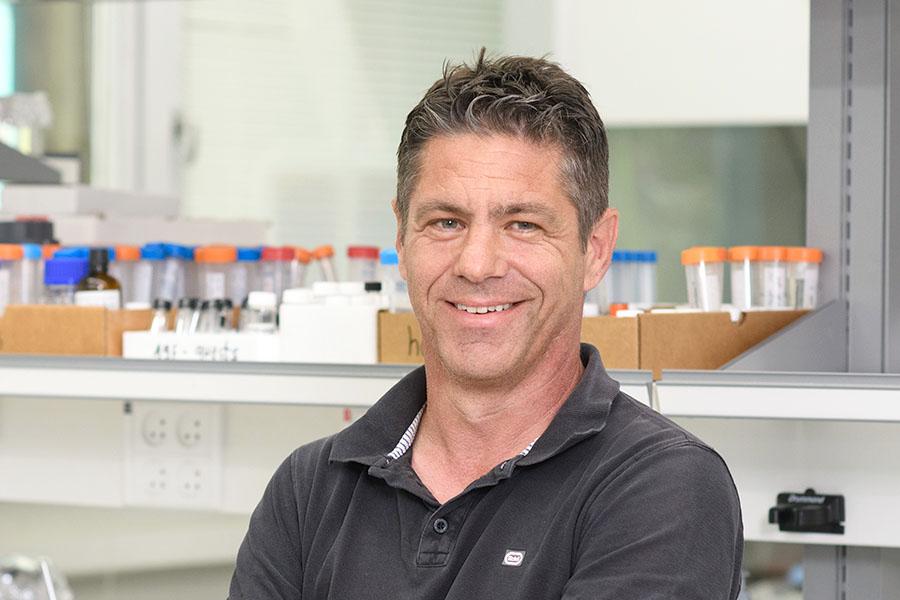
Prof. Amnon Bar-Shir
research areas
-
Biological Physics
-
Bio-materials
-
-
Chemical Biology
-
Bio-conjugation & protein modifications
-
Bio-organic chemistry
-
Biological applications of magnetic resonance
-
Chemical probes & inhibitor design
-
Drug discovery & translational research
-
Molecular sensors and probes
-
-
Chemical Physics
-
Magnetic resonance
-
-
Materials and Nanoscience
-
Nano-synthesis & fabrication
-
Self-assembly
-
-
Organic Chemistry
-
Chemical biology & medicinal chemistry
-
Materials & nanochemistry
-
Sensors & biosensors
-
Supramolecular chemistry
-
Systems chemistry
-
-
Structural and Molecular Biology
-
Biological applications of magnetic resonance
-
-
Supramolecular Chemistry
-
Biomimicry
-
Biomolecular assemblies
-
Host–guest chemistry & sensors
-
Materials
-
Molecular-based devices
-

Prof. Ron Diskin
research areas
-
Chemical Biology
-
Drug discovery & translational research
-
-
Structural and Molecular Biology
-
Electron microscopy
-
Evolution & allostery
-
Proteins & macromolecular assemblies
-
X-ray crystallography
-
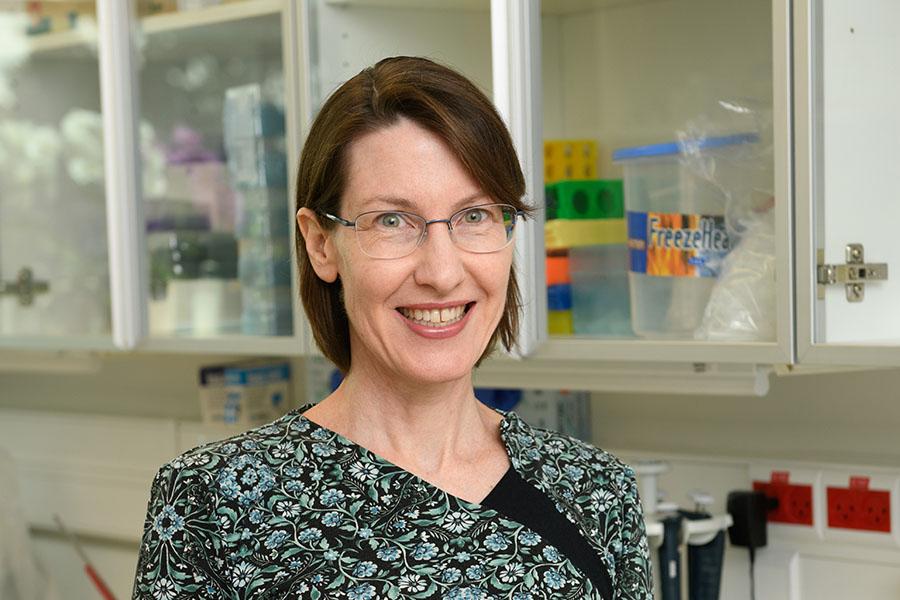
Prof. Deborah Fass
research areas
-
Biological Physics
-
Bio-materials
-
-
Chemical Biology
-
Drug discovery & translational research
-
-
Structural and Molecular Biology
-
Electron microscopy
-
Evolution & allostery
-
Proteins & macromolecular assemblies
-
X-ray crystallography
-
-
Supramolecular Chemistry
-
Biomolecular assemblies
-

Prof. Gilad Haran
research areas
-
Atomic, Molecular and Optical Physics
-
Light & Matter
-
Plasmonics
-
Quantum Optics
-
Spectroscopy & Microscopy
-
-
Biological Physics
-
Bio-materials
-
Interfaces
-
Macromolecules & membranes
-
Protein dynamics
-
Soft and living matter
-
-
Chemical Biology
-
Bio-conjugation & protein modifications
-
Bio-organic chemistry
-
-
Chemical Physics
-
Light & matter
-
Molecular dynamics
-
Quantum optics
-
Spectroscopy & microscopy
-
-
Materials and Nanoscience
-
Advanced spectroscopy & microscopy
-
Optical and electronic properties
-
Soft matter
-
-
Structural and Molecular Biology
-
Evolution & allostery
-
Proteins & macromolecular assemblies
-

Dr. Shifra Lansky
research areas
-
Biological Physics
-
Macromolecules & membranes
-
Protein dynamics
-
-
Chemical Biology
-
Molecular modeling
-
-
Structural and Molecular Biology
-
Electron microscopy
-
Proteins & macromolecular assemblies
-
X-ray crystallography
-
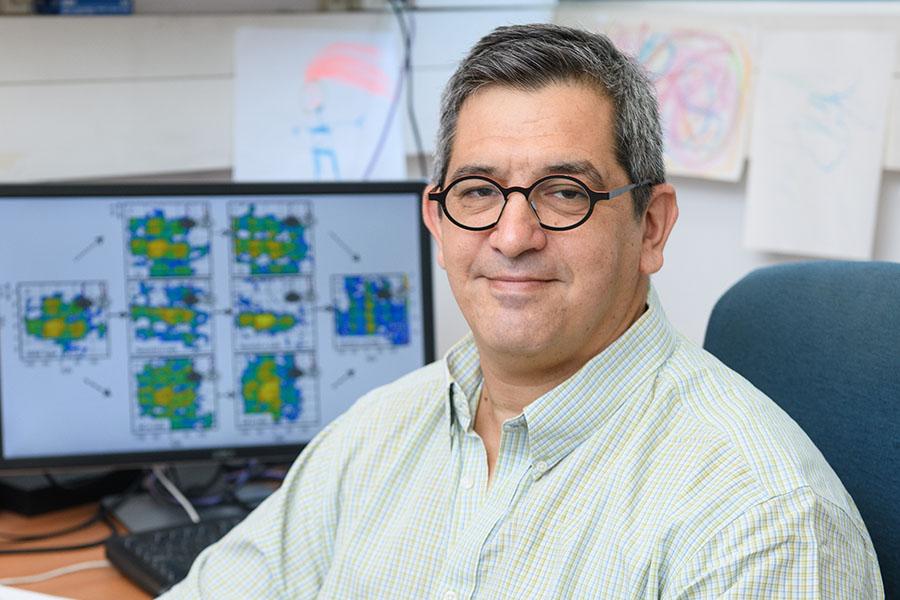
Prof. Koby Levy
research areas
-
Biological Physics
-
Protein dynamics
-
-
Chemical Biology
-
Bio-conjugation & protein modifications
-
Molecular modeling
-
-
Chemical Physics
-
Molecular dynamics
-
-
Structural and Molecular Biology
-
Molecular dynamics & computational approaches
-
Nucleic acids
-
Proteins & macromolecular assemblies
-
-
Supramolecular Chemistry
-
Biomolecular assemblies
-
-
Theory and Computations
-
Ab initio and classical computational approaches
-
Biopolymers
-
Disordered systems
-
Molecular modelling & docking
-

Prof. Nir London
research areas
-
Chemical Biology
-
Bio-conjugation & protein modifications
-
Bio-organic chemistry
-
Chemical probes & inhibitor design
-
Drug discovery & translational research
-
Molecular modeling
-
Molecular sensors and probes
-
-
Organic Chemistry
-
Chemical biology & medicinal chemistry
-
-
Structural and Molecular Biology
-
Molecular dynamics & computational approaches
-
Proteins & macromolecular assemblies
-
X-ray crystallography
-
-
Theory and Computations
-
Molecular modelling & docking
-
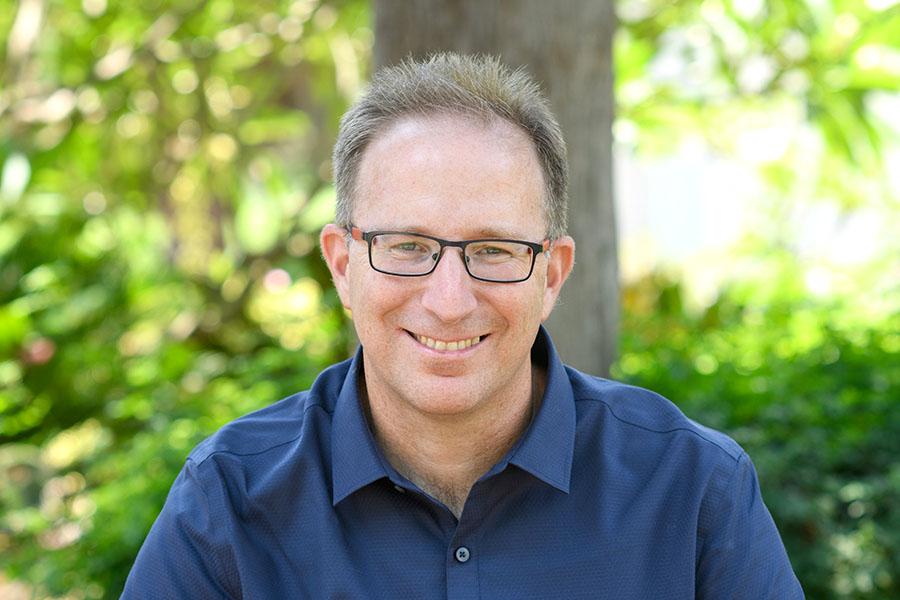
Prof. David Margulies
research areas
-
Chemical Biology
-
Bio-conjugation & protein modifications
-
Bio-organic chemistry
-
Chemical probes & inhibitor design
-
Drug discovery & translational research
-
Molecular sensors and probes
-
-
Materials and Nanoscience
-
Self-assembly
-
Surface science
-
-
Organic Chemistry
-
Chemical biology & medicinal chemistry
-
Metal-ligand coordination
-
Sensors & biosensors
-
Supramolecular chemistry
-
Synthesis
-
-
Supramolecular Chemistry
-
Biomimicry
-
Biomolecular assemblies
-
DNA nanotechnology
-
Host–guest chemistry & sensors
-
Metal-ligand coordination
-
Molecular-based devices
-
Synthesis
-
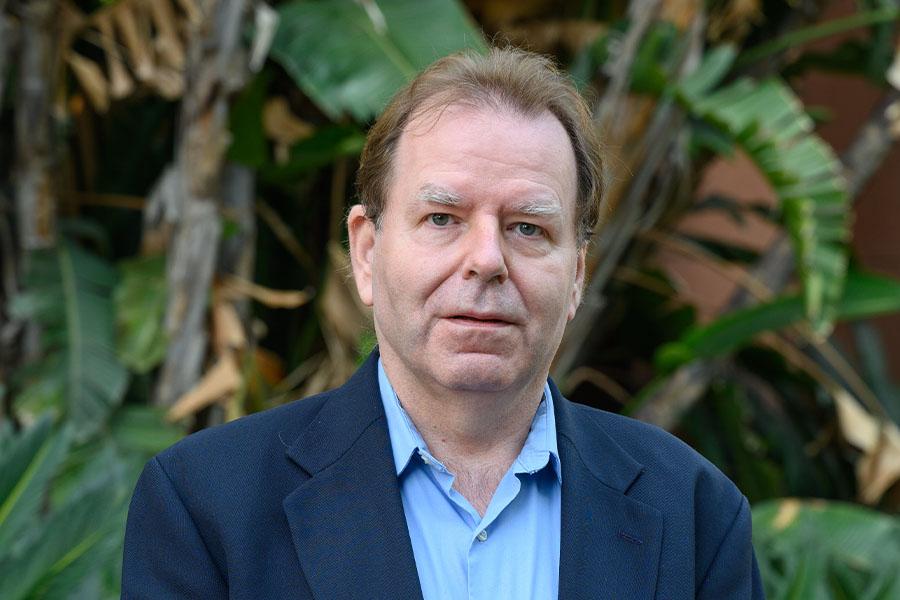
Prof. Gershom (Jan) Martin
research areas
-
Chemical Biology
-
Molecular modeling
-
-
Chemical Physics
-
Quantum science and technologies
-
-
Organic Chemistry
-
Catalysis
-
Chemical biology & medicinal chemistry
-
Metal-ligand coordination
-
Molecular modeling
-
Supramolecular chemistry
-
-
Structural and Molecular Biology
-
Molecular dynamics & computational approaches
-
-
Supramolecular Chemistry
-
Catalysis
-
Metal-ligand coordination
-
-
Theory and Computations
-
Ab initio and classical computational approaches
-
Electronic structure & excited state methods
-
Molecular modelling & docking
-
Reaction mechanisms
-

Prof. Rina Rosenzweig
research areas
-
Biological Physics
-
Macromolecules & membranes
-
Protein dynamics
-
-
Chemical Biology
-
Biological applications of magnetic resonance
-
-
Structural and Molecular Biology
-
Biological applications of magnetic resonance
-
Electron microscopy
-
Evolution & allostery
-
Proteins & macromolecular assemblies
-
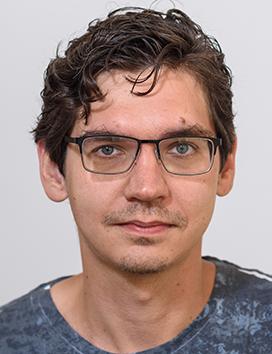
Dr. Sergey Semenov
research areas
-
Chemical Biology
-
Molecular sensors and probes
-
-
Energy and Sustainability
-
Catalysis
-
Synthesis
-
-
Materials and Nanoscience
-
Self-assembly
-
Soft matter
-
-
Organic Chemistry
-
Catalysis
-
Electrochemistry
-
Green chemistry & energy
-
Metal-ligand coordination
-
Supramolecular chemistry
-
Synthesis
-
Systems chemistry
-
X-ray crystallography
-
-
Supramolecular Chemistry
-
Biomimicry
-
Biomolecular assemblies
-
Catalysis
-
Materials
-
Metal-ligand coordination
-
Molecular-based devices
-
Synthesis
-
Systems chemistry
-
-
Theory and Computations
-
Nonlinear dynamics & pattern formation
-
Reaction mechanisms
-
Systems far from equilibrium
-
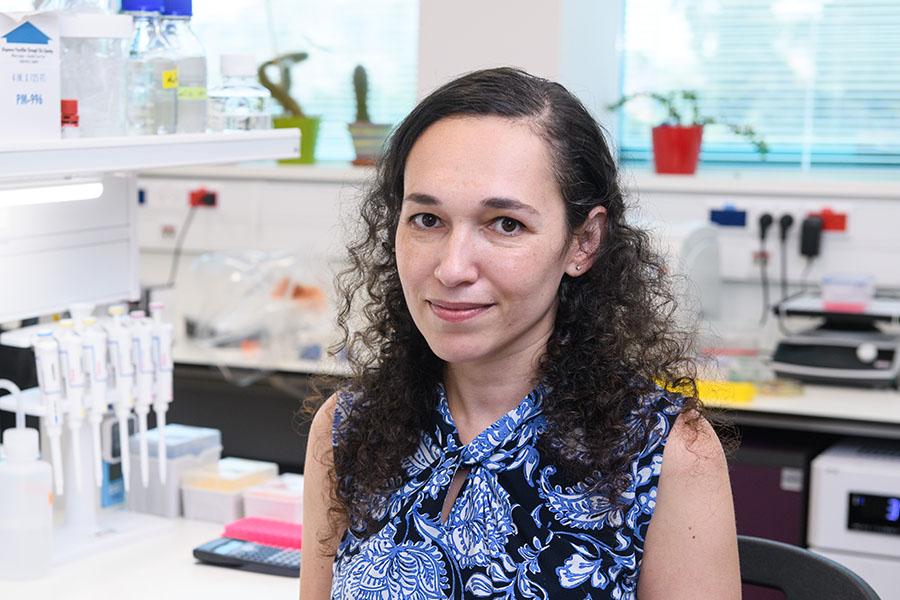
Prof. Moran Shalev-Benami
research areas
-
Biological Physics
-
Macromolecules & membranes
-
-
Chemical Biology
-
Molecular modeling
-
-
Structural and Molecular Biology
-
Electron microscopy
-
Nucleic acids
-
Proteins & macromolecular assemblies
-
X-ray crystallography
-
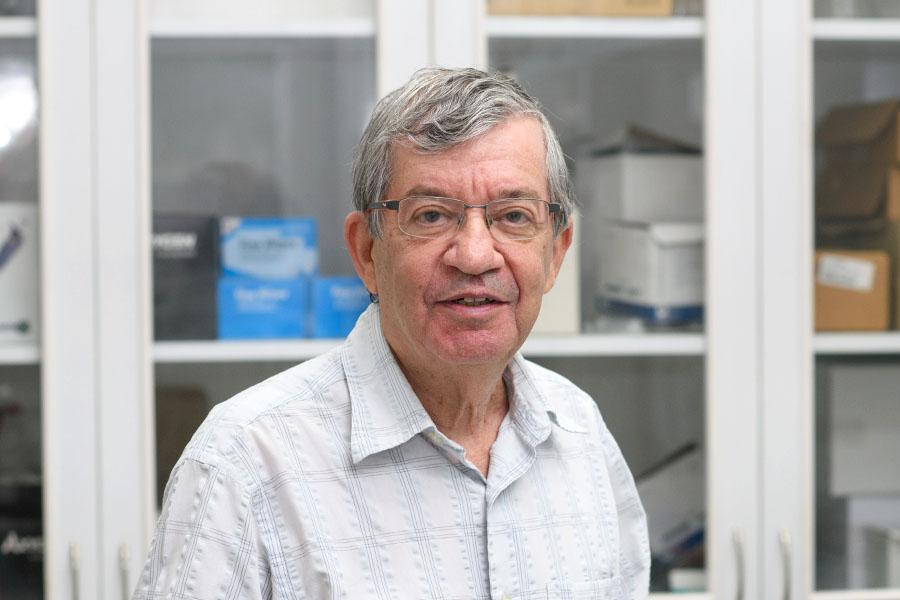
Prof. Mordechai Sheves
research areas
-
Biological Physics
-
Bio-materials
-
Macromolecules & membranes
-
-
Chemical Biology
-
Bio-organic chemistry
-
-
Materials and Nanoscience
-
Optical and electronic properties
-
-
Organic Chemistry
-
Chemical biology & medicinal chemistry
-
Materials & nanochemistry
-
Synthesis
-
-
Supramolecular Chemistry
-
Synthesis
-
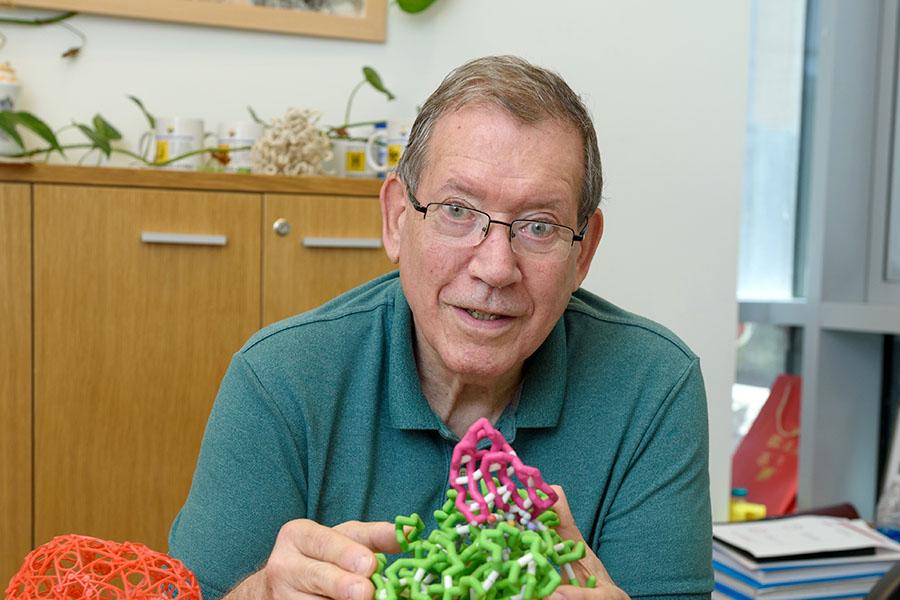
Prof. Joel Sussman
research areas
-
Biological Physics
-
Protein dynamics
-
-
Chemical Biology
-
Drug discovery & translational research
-
Molecular modeling
-
-
Chemical Physics
-
Molecular dynamics
-
-
Organic Chemistry
-
X-ray crystallography
-
-
Structural and Molecular Biology
-
Electron microscopy
-
Evolution & allostery
-
Molecular dynamics & computational approaches
-
Nucleic acids
-
Proteins & macromolecular assemblies
-
X-ray crystallography
-
-
Supramolecular Chemistry
-
Biomolecular assemblies
-
-
Theory and Computations
-
Disordered systems
-
Molecular modelling & docking
-
